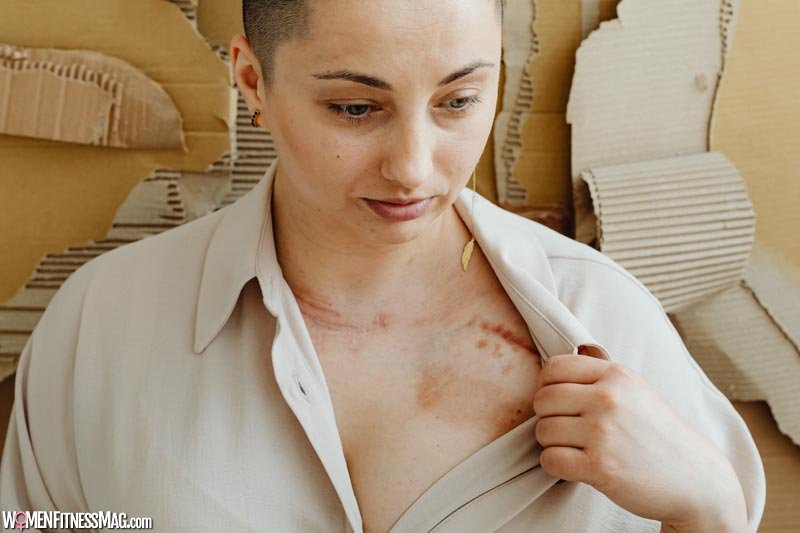What to Expect After Mohs Surgery : Skin cancer is the most diagnosed cancer today, with over 10,000 adults diagnosed daily. Thankfully, due to improvements in medical technology, these malignancies can often be successfully treated when found early, especially when handled with Mohs surgery.
Mohs surgery is a type of skin cancer removal technique. It is also called Mohs micrographic surgery and is a highly specialized form of dermatologic surgery.
This method has proven effective at treating basal cell carcinoma (BCC), squamous cell carcinoma (SCC), and melanoma. It is considered to be the gold standard for treating skin cancers. It offers several advantages over other treatments, such as radiation therapy or chemotherapy.
So, what are some of the things to expect after Mohs surgery?
What to Expect
When performing Mohs surgery, all malignant tissues are removed while more of the surrounding healthy tissues are kept secure and unharmed (than with previous treatments). This is because the affected tissues are removed and examined layer by layer, so excess, healthy tissue can remain unharmed.
After the procedure, the doctor will provide you with thorough post-procedure instructions. The doctor will respond to any queries or worries you might have and provide you with the tools you need to begin the aftercare process.
While each patient’s Mohs procedure varies depending on the location, size, and amount of tissue removed, the healing process is similar to that of most cuts or wounds.
You can anticipate leaving the hospital the same day as your treatment. What else to expect?
Pain
You may feel a burning sensation in the area where you had surgery. Most patients alleviate minor discomfort or pain with ice packs and over-the-counter medication like TYLENOL®. This can go away on its own after a few days. Talk to your doctor immediately if it doesn’t go away or gets worse.
You might get prescribed a painkiller if your Mohs surgery involved a larger area and if any skin grafts were needed for reconstruction.
Swelling
You can experience slight swelling, bruising, or seeping at the incision site. While some patients need sutures or stitches, others with minor injuries could merely get a bandage.
Reconstructive surgery may be necessary for more extensive wounds either concurrently with your Mohs procedure or at a later time.
Wash your hands thoroughly before and after caring for your incision and ensure you pay close attention to your wound care instructions.
Bleeding and Crusting
After Mohs surgery, bleeding is uncommon, but a little blood or seepage on the dressing is usual.
If you see active bleeding, which means the bandage is covered in blood, you should take off the bandage. Press firmly over the wound for 20 minutes with dry gauze or a dry towel. And if your skin is red, swollen, and tender to the touch, it’s crusting. Don’t worry though; it is your body’s way of healing.
Numbness or Tingling in the Area of Surgery
In the weeks following your treatment, you could find that a tiny region around your incision is sensitive to the touch. This happens when the doctor removes the malignancy and injures tiny nerve terminals. This numbness could last for a few weeks or months; in some situations, it might even last forever.
Conclusion
Your recuperation could take up to several weeks, depending on the amount of tissue removed, your age, general health, and other aspects.
But the good news is that many individuals can return to work the day following their operation. However, to encourage healing and reduce the chance of bleeding, the doctor will advise against bending, heavy lifting, or strenuous activity for a few days after your procedure.
FAQs
How Long Do You Take to Heal Following Mohs Surgery?
Mohs surgery recovery time varies, and daily wound care is necessary. The length of time it takes for the wound to heal fully will depend on its size. Complications like infection, bleeding, and pain are rare; however, they may be more likely if a skin graft was necessary.
How Long Must a Bandage Be Worn Following Mohs Surgery?
A pressure dressing, which is a large bandage, will be used to cover your wound. This needs to be kept dry and in place for at least 24 hours.
What Negative Effects Might Mohs Surgery Have?
The following are potential adverse effects of Mohs surgery:
- The wound and the skin may hurt or feel hot
- Bruising and bleeding
- Infection
- Swelling
- Scarring
- Numbness or injury to the nerves in the skin around the wound (nerve damage may last for several months or, in some cases, may be permanent)
After Mohs, Will I Require Plastic Surgery?
The original purposes of Mohs surgery were to lessen the possibility of scarring and to eliminate the need for subsequent plastic surgery after cancer excision. However, some Mohs patients need plastic surgery after skin cancer removal. This is most often done with skin grafts if the treatment area is large and direct linear closure (stitching the edges around the treated area together) is not an option.
Related Videos about What to Expect After Mohs Surgery :
What to Expect After Mohs Surgery
mohs surgery scar pictures, how long to use vaseline after mohs surgery, mohs surgery on nose before and after, is mohs surgery serious, side effects of mohs surgery on scalp, mohs surgery on face, pictures of mohs surgery on nose, is mohs surgery painful,




